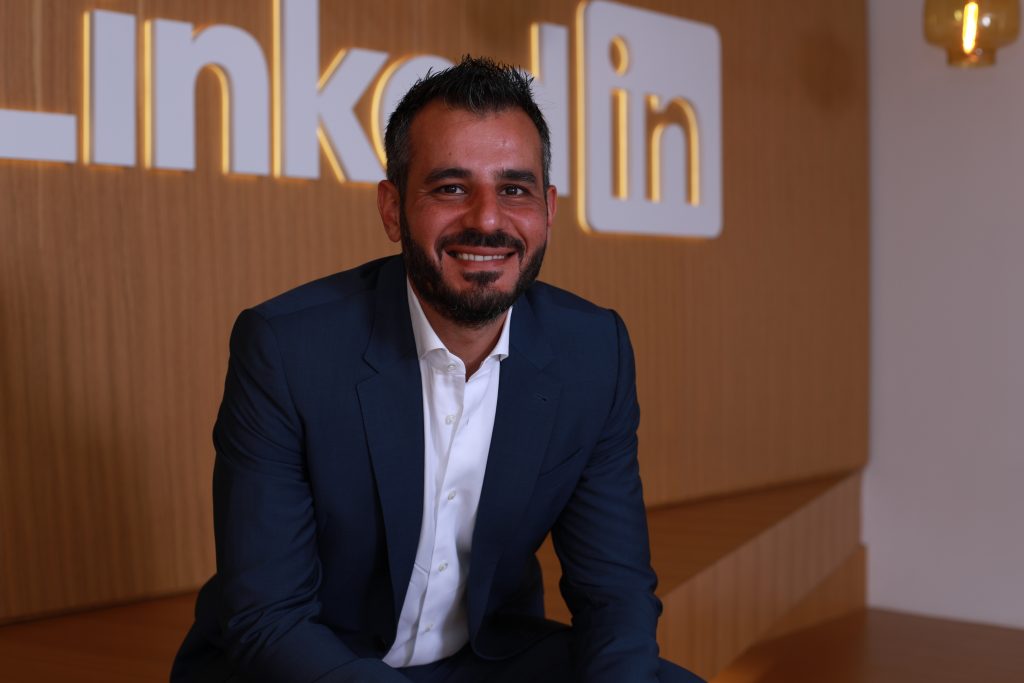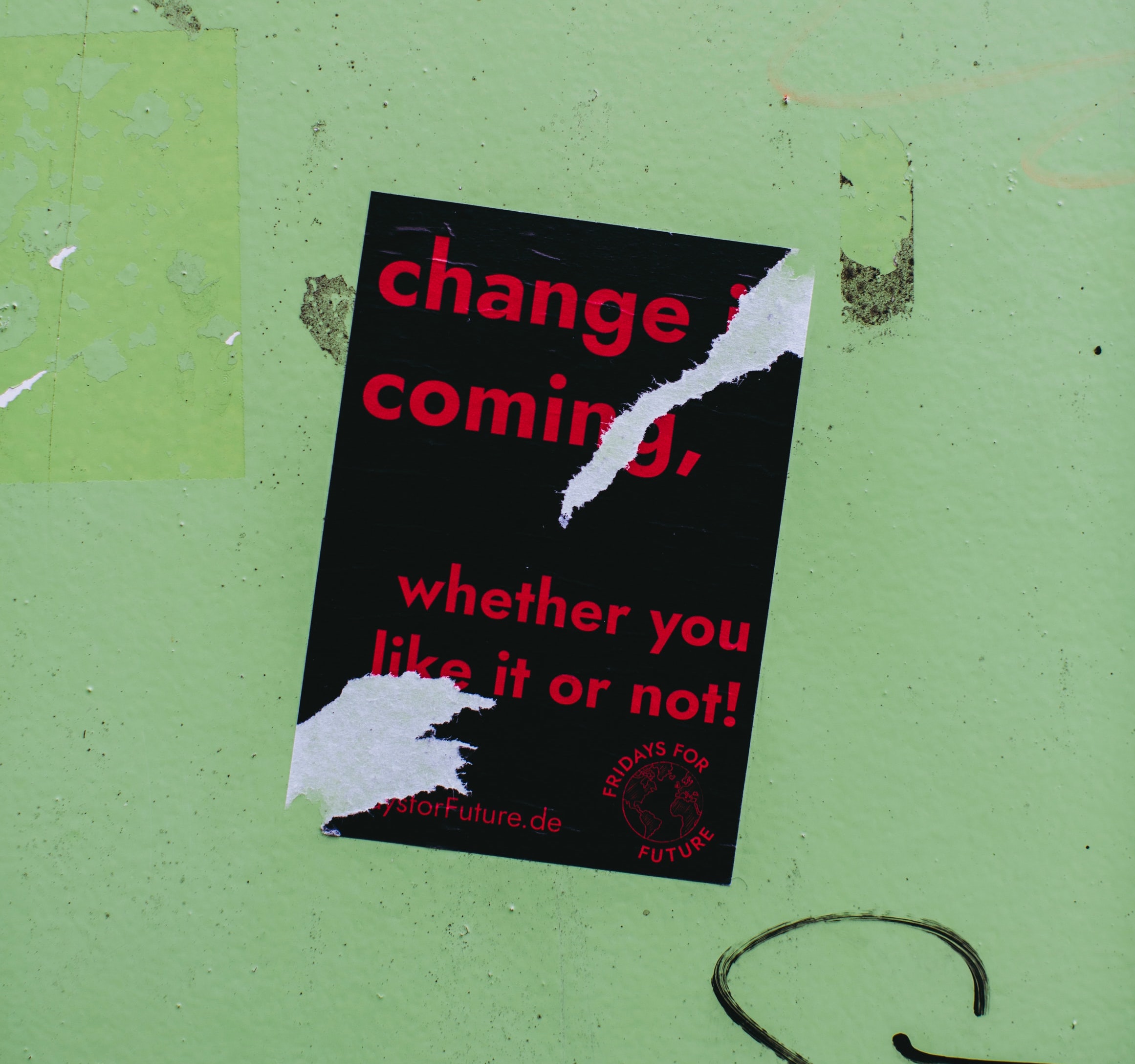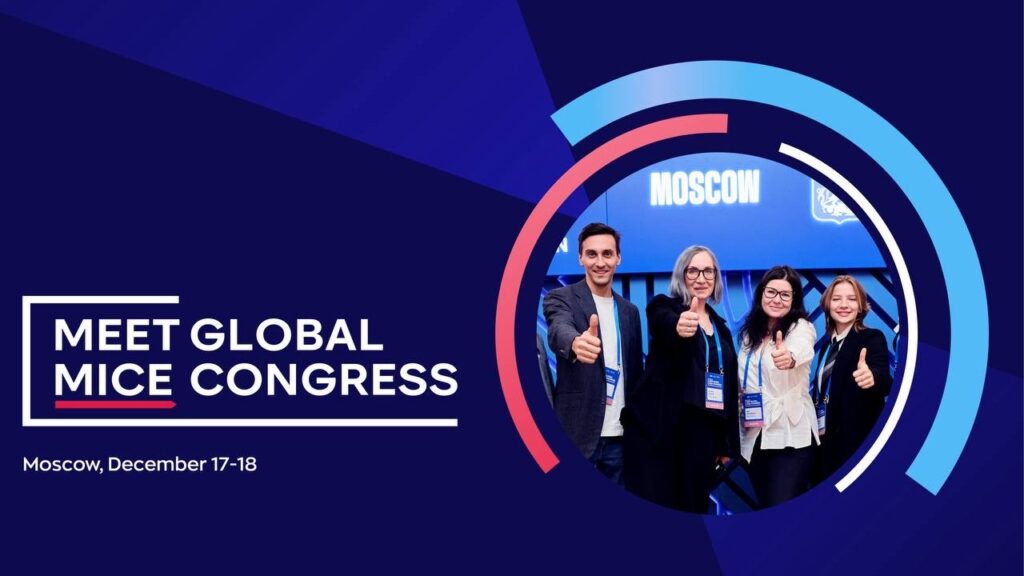Over the past few months, as the pandemic began to loom across the MENA region and globally, many businesses were in a state of panic and uncertainty. During this time, Ziad Rahhal, Head of Marketing Solutions at LinkedIn decided to create a series, comprising of extremely insightful and engaging discussions with industry experts across a variety of sectors, to understand how they dealt with the uncertainties during the pandemic. Communicate spoke with Rahhal to learn about the key takeaways he discovered during his discussions.

What drastic changes has the world of marketing endured during the pandemic?
The global disruption resulting from the Covid-19 outbreak is unprecedented in modern times. While we can draw from precedent when it comes to marketing during a recession, there is no playbook for navigating the unique challenges presented by this crisis.
Another obvious game-changer was budget cuts. For many, this has been a significant impact as funds were diverted to other immediate expenses, with agencies and performance marketers feeling the impact of budget cuts the most. To gain a bit more perspective, almost 75% of the marketers in the survey claimed budget cuts were their biggest challenge.
Lastly, switching to virtual events has been a forced shift for multiple sectors. Pharmaceutical launches, car shows, mega-tech events, virtual graduations, and online open houses are becoming the new norm for many, as the world went into lockdown.
How did you choose the speakers and industries you wished to engage with for your discussions?
It’s important to set the context on how the series came about. Like the rest of the professionals around the world, I was busy making sense of the changes that Covid-19 brought. As an organization, we made a decision to focus on adding value for our members and our customers.
On the member side, colleagues within my network of professionals from the marketing industry had more questions than answers, so it became evident that hearing from marketing leaders across industries would help provide further context. It would also showcase how different leaders are managing themselves, and their businesses through these unprecedented times. From a customer perspective, with most brands facing budget cuts, I saw it was important to be able to support our customers by giving the leaders and the brands they represent visibility and reach. This could be done by highlighting insights from their respective industries and focusing on both the opportunities as well as the challenges they are facing.
When it came to choosing the speakers for each of these interviews, I chose C-Suite executives as they provide a birds-eye view of the impact a particular situation has on a company. They are responsible for strategy and are aware of the operational updates of the businesses.
I have interviewed a variety of executives across key fields that have been particularly impacted during the pandemic and who can offer unique and valuable insights into the current climate from- automotive industry, banking, media agencies, technology, ed-tech, telecommunications, and others. Although I don’t plan on excluding any industry from the series, my choices prioritized what my network wished to see by using one of LinkedIn’s latest tools. [Using] Polls, I asked my audience [the kinds of] industries they would be interested in hearing from and planned upcoming interviews accordingly.
What were the common challenges all these leaders were facing in their respective industries?
A common challenge faced by businesses and individuals alike was the fact that the pandemic was unexpected and largely unplanned for, and agility was necessary for leaders in all fields. There was no rulebook to follow, which generated an interesting mass trial and error experiment.
High-touch industries such as automotive, sales, and banking were forced to find creative ways to stay relevant and continue to engage audiences during a time of social distancing and lockdown. Some examples of this involved shifting external communication priorities towards thought leadership or zeroing in on online events.
Marketers who rely on physical events stated that when it came to prospecting (the “learn and discover” phase) for a new client, digital events were important to achieve objectives. However, when it came to “closing” for large B2B deals for instance, in-person connections continue to be key. The consensus was that digital events have proven to be effective and can work for brands in achieving KPIs, as pivoting from physical to digital is a learning process, and the future looks more and more hybrid in that regard.
Managing a team that is suddenly forced to adopt a WFH culture indefinitely requires time to adjust. A point made during one interview that highlighted us how marketers are creative people who work best in groups of other creative minds, be it their colleagues or the agencies they liaise with. Another highlighted the importance for sales teams to make a mindset shift, and accept that selling virtually can work.
Marketing leaders will have three different challenges in the weeks and months to come: The first is leading and managing change within their team, and the wider organization. The second is making sure the rest of the organization values and supports the marketing efforts, even as budgets tighten in every department.
And finally, it will become increasingly important for all parties involved in the marketing cycle, from marketing organizations to publishers and agencies, to provide value, and report on ROI for every marketing dollar invested. We have seen this shift in 2009, post the economic crisis, when there was a share-shift to digital due to its ability to report on more success metrics than non-digital media. I predict the impact of the current pandemic will push marketers to be more demanding from the digital eco-system to report in more granularity on ROI impact.
What were the key takeaways you learned from these discussions? Could you share some examples?
A common theme seen with many of the marketing leaders was how although the world was undergoing drastic change, people are still the same and look for communication that is transparent, honest, empathetic, and authentic.
When speaking to IBM, I was informed that “reach” for an audience during a digital event is higher than a physical event. IBM’s THINK event was moved from physical to digital in less than a week (after months of planning), and interestingly, the registrations were doubled and there was a higher participation rate as well. Virtual events also showed faster results as well. Both IBM’s virtual events and BMW’s virtual launches declared that opportunities/sales came in instantly compared to their physical events.
Another interesting takeaway was how corporates have demonstrated a shift in not only how they handle business matters, but also how they communicate with their audience, who now spends most of their time at home. Banks such as Emirates NBD have begun hosting informative webinars on cybersecurity guidelines in banking and investment for customers via LinkedIn Live, garnering a viewership of 100,000 to 200,000.
What do you think the world of marketing will look like post Covid?
When we think about how marketing should/will change in the wake of the pandemic, we’re really thinking about how customers and consumers will change. The task is to observe buyer behavior and base predictions and strategies on that data. After seeing the benefits of digital events, corporations will look for ways to develop hybrid events that incorporate both physical and digital aspects for an event.





